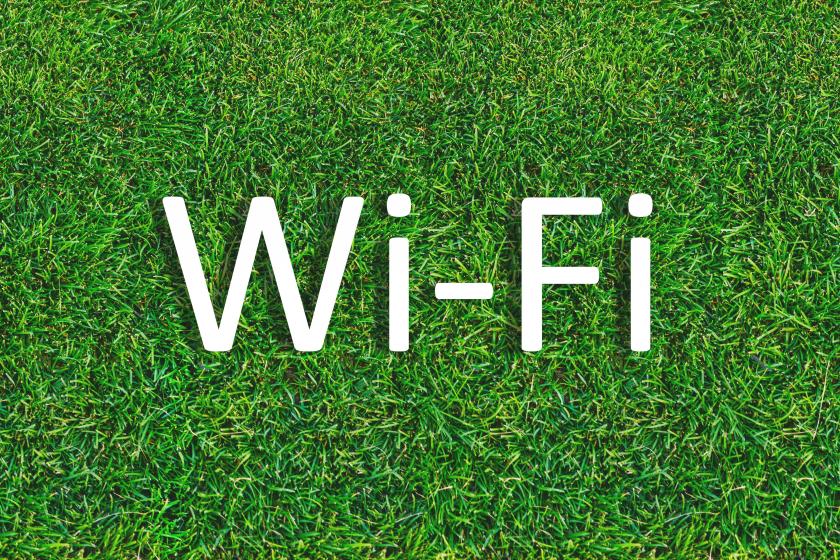Navigating the Next Frontier of Wi-Fi 7 Performance
As we move closer to fully realizing the potential of Wi-Fi 7, it becomes evident that the RF, signaling, and throughput tests are not merely procedural checkpoints but the pillars of excellence in wireless communication.

In wireless communications, the advancement of Wi-Fi 7 opens a new era of ultra-fast networks and reliable connectivity. Like other technological revolutions, they usually come with growing pains. The importance of comprehensive radio frequency (RF), signaling, and throughput testing cannot be overstated. Such testing is not merely procedural but a critical step to ensure that Wi-Fi 7 can deliver its promised performance not as an individual device but as a network.
The Legacy of Wi-Fi 6 and 6E vs Wi-Fi 7: A New Benchmark for Excellence
Wi-Fi 6 and Wi-Fi 6E set new benchmarks for wireless performance, significantly improving network efficiency, capacity, and speed. RF testing ensures the efficient use of spectrum and minimized interference, while signaling tests verify the effective communication between devices and access points. Throughput testing, on the other hand, confirms that the theoretical speed improvements translate into real-world benefits for users.
Before the introduction of Wi-Fi 7 standards, Wi-Fi networks were never meant to carry massive numbers of devices. Manufacturers mostly focus on testing under non-signaling conditions, which means engineers can bypass the standard communication protocols and directly access the physical layer of the wireless device for testing. It simplifies the testing process and focuses on the raw performance. However, it ignores the fact that there could be hundreds of other wireless devices with complex environmental and channel conditions.
Wi-Fi 7 enables a massive number of devices for both industry and household users, such as phones, smart devices, IoTs, industrial IoTs, routers, range extenders and access points, and customer premise equipment (CPE). Wi-Fi 7 networks will offer distinct advantages in crowded settings, such as airports, stadiums, hospitals, and smart factories.
RF Testing with Signaling: The Foundational Step Towards Excellence
Evaluating RF performance with signaling emulates how a device under test (DUT) operates in real-world conditions. Analyzing the transmission (Tx) and reception (Rx) capabilities is essential for ensuring the device performs as end users expect. In Wi-Fi development, for both access points (AP) and clients, it's important to start with RF performance assessment and then progress through the protocol layers. Any deficiencies on the RF layer can impact all subsequent tests at higher levels. RF testing enables isolation of the RF layer Tx and Rx operation.
Transmitter power measurements
The transmitted power is a critical parameter that directly influences the performance and compatibility of the device in a wireless network. Capturing the boundaries for the maximum transmitted power output and the power envelope helps to reduce the risk of interference with other devices operating within the same frequency spectrum. This is particularly important in environments where multiple devices share the same band.
Transmitter modulation quality measurements
Modulation quality is another key metric to measure. It's about maintaining high signal quality when implementing different signal patterns to reduce errors. For this measurement, there are two main behaviors engineers need to check: the distance from the ideal signal points (error vector magnitude) and the accuracy of each modulation point (constellation diagram). If the points on the chart are not where they should be, it means there is background noise or jitter in the signal's timing.
Transmitter spectral quality measurements
Measuring how well a Wi-Fi design performs across different frequencies is crucial for smooth operation and reducing interference. Spectral flatness and occupied bandwidth (OBW) are the main parameters for measuring spectral quality.
When a Wi-Fi signal doesn't operate at its expected frequency, it can cause signal leakage and interfere with other transmissions. Also, it will cause issues with burst time and envelope of a Wi-Fi design. Common problems include unwanted signals, distortions, or harmonics, often due to bad grounding, ineffective noise control, or errors in frequency conversion.
Receiver PER measurements
Understanding the characteristics of the receiver is also important to ensure devices not only capture but also accurately decode the received signals. To evaluate the performance of a receiver, engineers assess how sensitive the receiver is to different signal strengths, the receiver's ability to handle data efficiently at the highest signal strength it can receive, and performance in terms of packet error rate (PER) and rate versus range (RvR).
Conclusion
As we move closer to fully realizing the potential of Wi-Fi 7, it becomes evident that the RF, signaling, and throughput tests are not merely procedural checkpoints but the pillars of excellence in wireless communication. The seamless interplay between Wi-Fi and 5G in customer premises equipment outlines a future with a multitude of devices in diverse ecosystems. The various test measures, from transmitter power to receiver sensitivity, contribute to ensuring Wi-Fi 7 devices perform at their peak in any environment, which directly reflects in the end-user experience. This comprehensive testing paradigm fortifies the foundation for a new benchmark in Wi-Fi performance, fostering connections that are not only faster and more reliable but also smarter and more intuitive than ever before.
Xiang Li is a Wireless Network Engineer at Keysight Technologies.
Related articles:
About the Author
You May Also Like




